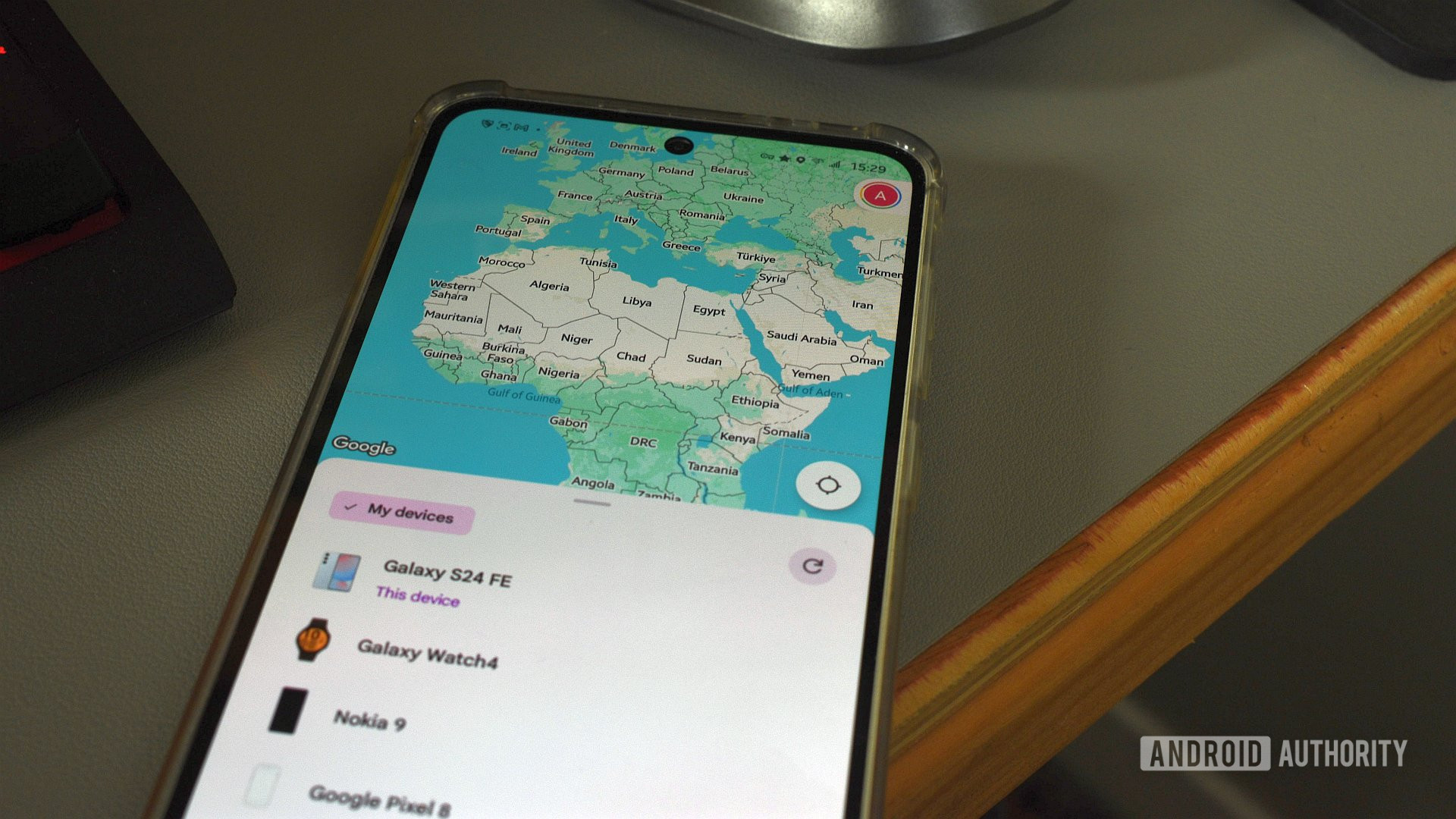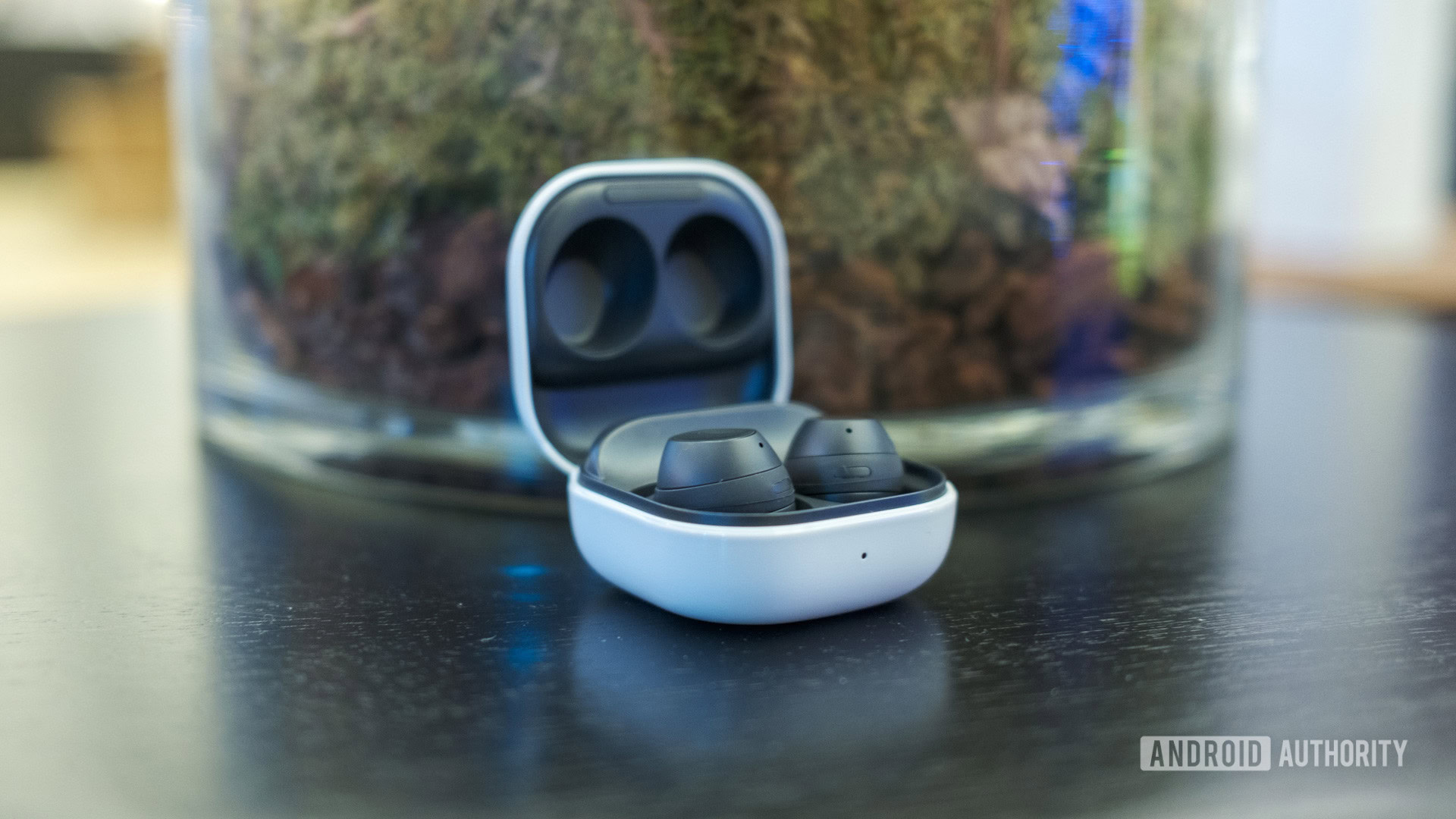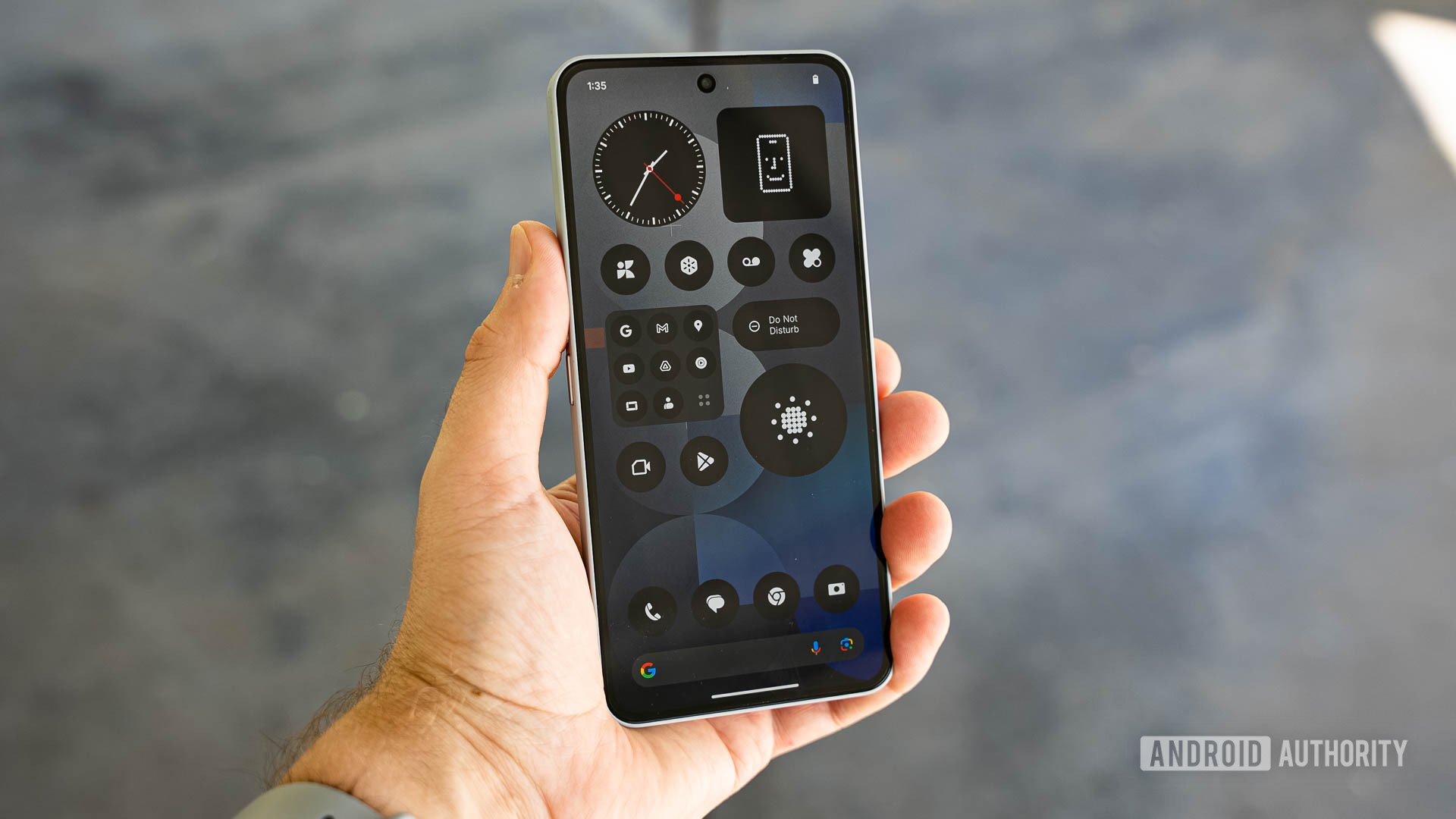In today’s 3D Printing News Briefs, 3DXTECH has launched a program that gives customers early access to experimental materials, and the first Lithoz CeraFab Multi 2M30 in the Czech Republic will be used for medical and aviation research.Boston Micro Fabrication’s UltraThineer was featured in a new clinical case, and 3DXTECH Launching Community-Driven 3DXLabs Program for R&D Materials High-performance 3D printing materials manufacturer 3DXTECH announced that it is launching a new community-driven program that will give customers early access to its experimental, R&D-grade materials still under development.The program, 3DXLabs, is open to professionals in additive manufacturing, including designers, engineers, researchers, and advanced users, and is designed to gather real-world feedback from them in order to align product development with the evolving needs of its users.
Customers in this program will be able to trial pre-release materials, and directly communicate their experience with 3DXTECH’s development team.This will enable the company to fine-tune product functionality and performance before the materials are released to the market.By involving the community in its product development, and giving users the chance to be a valued voice in the process through 3DXLabs, 3DXTECH is strengthening its commitment to innovation, and industry-leading material solutions.
“Our customers are some of the most innovative minds in the 3D printing space.This program allows us to work alongside them in real time, making sure the materials we develop truly meet the demands of their high-performance applications,” said 3DXTECH President Luke Edington.First Lithoz CeraFab Multi 2M30 in Czech Republic Delivered to IPM CAS Lattice structure with different porosities printed on Lithoz CeraFab Multi 2M30 by IPM The first Lithoz CeraFab Multi 2M30 printer in the Czech Republic has been purchased by the Institute of Physics of Materials of the Czech Academy of Sciences (IPM CAS).
Ceramic 3D printing leader Lithoz announced that it has completed the installation of the multimaterial printer, which will support mechanical engineering research of biological and bio-inspired systems for the MEBioSys project co-funded by the EU and the Czech Republic’s Ministry of Education, Youth and Sports (MEYS).The focus of the initiative is to develop hierarchical structures with sensory capabilities to use in engineering and biological applications, like smart, piezoelectric sensor-integrated bone implants with conductive layers.The second topic of research is smart adaptive aircraft wings that can apply electric current to shift and optimize their vibration behavior.
The CeraFab Multi 2M30 can combine multiple materials, like ceramic with metal, in a single functional part, and even in a single printed layer.The first successful test prints with the machine have already been completed by IPM CAS.“As a result of our previous work, we recognized the need for a multi-material 3D printing solution to produce the complex structures required for our research.
The CeraFab Multi 2M30’s ability to print two materials in a single layer opens up a world of possibilities, especially in the integration of piezoelectric ceramics with metals and polymers,” said Dr.Zdeněk Chlup, Head of Brittle Fracture Group at IPM CAS.“This technology will enable us to advance our research in ways we couldn’t before.” Clinical Case Demonstrates UltraThineer Ability to Mask Severe Staining UltraThineers UltraThineer, an innovation from Boston Micro Fabrication (BMF), is said to be the world’s first minimal to no-prep, 3D printed zirconia veneer, creating using BMF’s proprietary micro-precision 3D printing.
Now, it’s been featured in a new clinical case that demonstrates its successful ability to mask severe tetracycline staining without removing natural tooth structure.The 49-year-old female patient presented with longtime “intrinsic discoloration” that resulted from childhood exposure to tetracycline antibiotics.She’d spent years undergoing whitening treatments that weren’t helping, so she decided to go with a minimally invasive solution and turned to UltraThineer via Dr.
Tai Ha of Newport Beach Dental Studio.These 3D printed veneers are made of durable zirconia and offer uniform thickness as thin as 80μm, zero to minimal tooth reduction, superior masking of deep discoloration, and optional future removal with an erbium laser without harming the enamel.Using a digital workflow that included intraoral scanning, 3D printing, and smile design, 20 veneers were placed in the patient’s mouth using a no-prep adhesive protocol.
She also received a night guard for long-term protection, and reported a satisfactory rehabilitation at two follow-up appointments.“UltraThineer’s ability to deliver ultra-thin, highly opaque zirconia veneers—just 0.12mm thick—allowed us to completely mask the staining with no enamel reduction.The esthetic result exceeded the patient’s expectations while preserving 100% of her natural teeth,” said Dr.
Ha.US Army & University of Hawaii Developing Bioprinted Skin to Protect Soldiers DEVCOM CBC Bioengineering Researcher Priscilla Lee and DEVCOM CBC Senior Biologist Ted Moran use a bioprinter capable of creating synthetic skin at a DEVCOM CBC laboratory at Aberdeen Proving Ground, Maryland.Image: US Army Finally, the US Army Combat Capabilities Development Command Chemical Biological Center (DEVCOM CBC) entered a Cooperative Research and Development Agreement (CRADA) with the University of Hawaii-Mānoa to develop biomaterials and forward-deployable manufacturing capabilities to protect soldiers.
They are looking to improve warfighter survivability and operational effectiveness, particularly in support of the United States Indo-Pacific Command (USINDOPACOM).The collaboration includes two Joint Work Statements (JWS), the first of which was signed in March of 2025 and focuses on integrating organs-on-a-chip and bioprinting to improve the assessment of countermeasures against biological, chemical, and environmental threats.This includes enhancing in vitro organ models by bioprinting skin and tissue analogs that better mimic human responses to threat conditions.
As part of the agreement, UH Mānoa will investigate deployable bioprinting stations that can produce medical prototypes in austere and forward-operating environments.DEVCOM CBC bioengineering researcher Priscilla Lee, who works to develop biomaterials to support future protective systems, and Dr.Jason Barnhill, Associate Research Professor at the University of Hawaii’s John A.
Burns School of Medicine (JABSOM), are leading this effort.Dr.Sam Shomaker, Dean of JABSOM, said, “We are incredibly proud that Dr.
Barnhill and Priscilla Lee are representing the University of Hawaii at Mānoa and DEVCOM CBC with these efforts that have the potential to save the lives of our frontline Soldiers and civilians across the world.“By helping to introduce innovative fabrication technology to even more remote areas, JABSOM is assisting in the mission across the Pacific and globally.” The second JWS includes advanced manufacturing and repair capabilities for the Indo-Pacific theater.The goal is to enhance regional supply chain resilience, promote dual-use innovation, and increase responsiveness in crisis scenarios.
Subscribe to Our Email Newsletter
Stay up-to-date on all the latest news from the 3D printing industry and receive information and offers from third party vendors.Print Services
Upload your 3D Models and get them printed quickly and efficiently.Powered by FacFox
Powered by 3D Systems
Powered by Craftcloud
Powered by Endeavor 3D
Powered by Xometry
3DPrinting Business Directory
3DPrinting Business Directory







